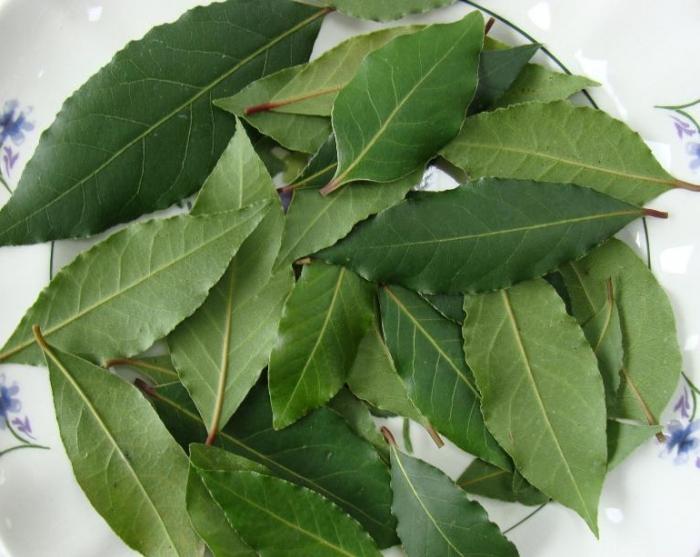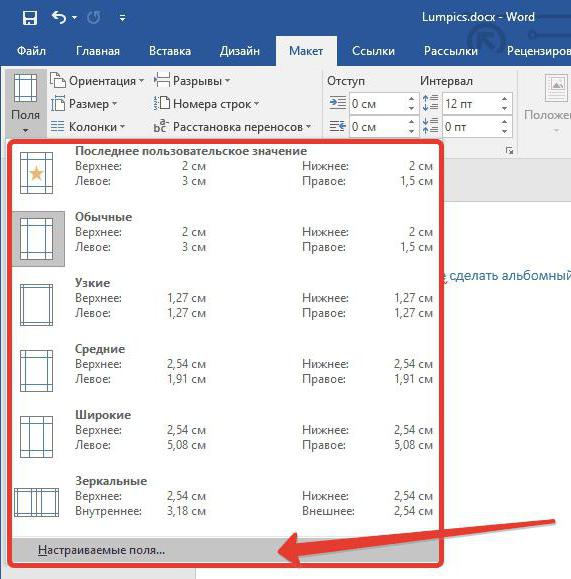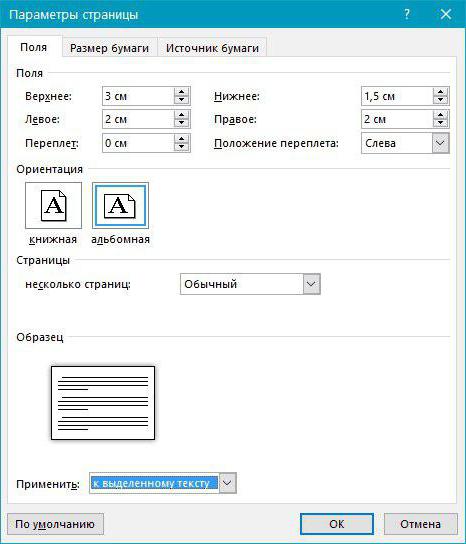Sheet PVL - a demanded type of rolled metal
The PVL sheet is a material created by a specialtechnologies. For its production different metal rolling is used: from low-carbon steel, galvanized, brass, aluminum, copper, and also made of stainless steel. Metal expanded and stretch sheets have found wide application in modern construction, industry and national economy.
At present, several grades of PVL are produced (the thickness of the sheet is indicated in parentheses):
- grade 406 (4 mm);
- grades 506, 508, 510 (5 mm);
- grades 606, 608, 610 (6 mm).

Application
The PVL sheet is, first of all, the material for construction. But its performance is actively used in production and in everyday life. Here is the incomplete range of PVL application:
- the arrangement of decking, stair flights, steps and spans for construction work;
- the construction of maintenance sites in various industries;
- reinforcement of reinforced concrete structures;
- production of protective gratings and inspection windows in mechanical engineering;
- the manufacture of grids for heating radiators;
- the creation of reinforcing elements when applying plaster;
- erection of cages, fences;
- production of various containers;
- construction of verandas, arbors and balconies;
- creation of floor anti-slip floor coverings;
- the device of retro-reflecting fences on the lines with counter motion;
- for the separation of different raw materials into fractions by sieving;
- manufacturing of various decorative elements;
- the construction of the support during passage in mines and power plants;
- manufacturing of other metal structures for various purposes.

Production technology
Sheet PVL is produced by the method of punchingsteel sheet with its further extraction. This way of production excludes the formation of waste, which reduces the cost of the finished product. Modern technologies allow to maintain a sufficient level of strength of expanded metal.
Let us briefly consider each stage of production.
- Stage 1. On the solid metal sheet with the help of special knives evenly cut in a staggered manner. The main forms of perforations are "scales" and "rhombus".
- Stage 2. The sheet with the cut is cut out until the cells take the necessary shape and size.
- Step 3. The stretched canvas with the finished punching is rolled between the special shafts. This is necessary for the metal sheet PVL to become more flat and less deformed during further operation. During the rolling process, the cells must be located in the direction of sheet movement.
Production is carried out in accordance withnormative technical specifications (TU 36.26.11-5-89 and TU 27.1-25484714-001). The production of PVL from low-alloy steel is carried out in accordance with GOST 8706-78. If the rolled metal is made of brass, aluminum or galvanized steel, then GOST 380-94 is observed.
Benefits
What is good about material such as sheetexpanded metal? PVL has a number of positive properties. Rolling technology makes it possible to create a metal sheet that is sufficiently resistant to deformation, capable of retaining a given shape. The PVL sheet has less weight than the rolled metal without cuts. Due to this property, the installation of PVL is much easier. Good strength of the material determines the ability of the sheet to withstand heavy loads and makes it possible to cut the PVL without spreading the mesh. In addition, the presence of notches prevents slipping.

Cost
In the construction market are very in demandvarious types of rolled metal, including PVL sheet. Its price depends on the width, which can be equal to 50, 60, 71, 80, 90 or 100 cm, as well as from which metal the sheet is made of. To buy the expanded metal-408 canvas from 1100 rubles apiece. The cost of this material grade 508 is from 2100 rubles per sheet. PVL from galvanized steel and aluminum is cheaper than a cut sheet of alloy steel and copper. In addition, the price depends on the area of the sheet, and on the size of the cells, and in many cases is negotiable.








